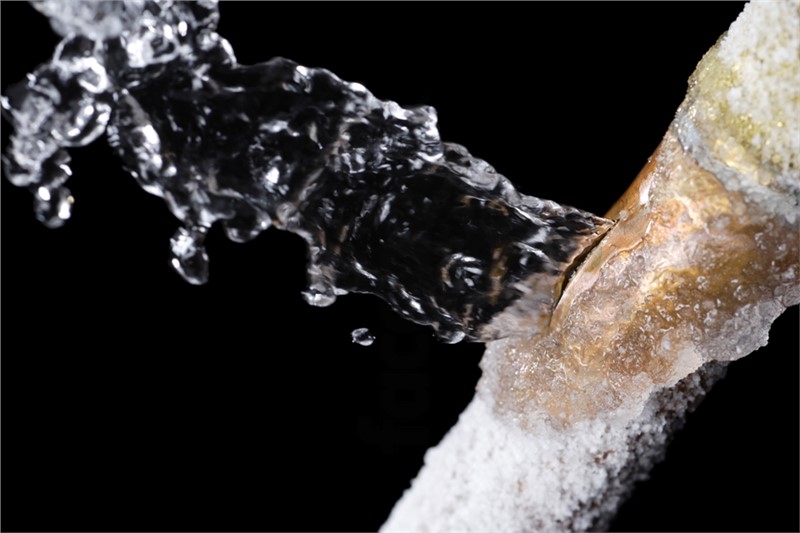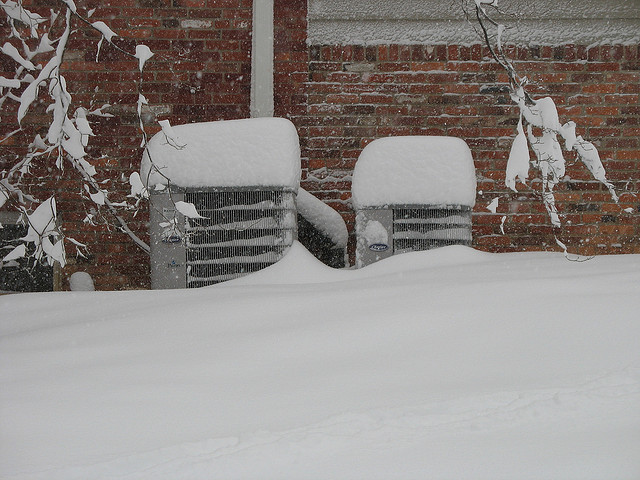Steps to Take When Your AC Pipe is Frozen: Comprehensive Manual
Steps to Take When Your AC Pipe is Frozen: Comprehensive Manual
Blog Article
In this article down the page you can locate more outstanding details pertaining to Have a Frozen AC Line? Here’s How to Fix It.

Introduction
Finding that your a/c pipe is frozen can be concerning, especially during warm summertime when you count on your air conditioning system one of the most. Recognizing what to do in such a circumstance is essential to avoid additional damages to your air conditioning system and ensure your comfort inside.
Recognizing the Causes
Numerous elements can add to the freezing of an air conditioner pipe. Recognizing these reasons can help you deal with the problem properly.
Absence of Airflow
One typical cause of a frozen a/c pipe is inadequate air flow. When the air flow over the evaporator coil is restricted, it can create the coil to drop below freezing temperature, causing ice development on the pipe.
Reduced Refrigerant Levels
Not enough cooling agent degrees in your AC system can also lead to a frozen pipeline. Reduced cooling agent levels can create the pressure in the system to drop, resulting in the freezing of wetness on the evaporator coil.
Cold Weather Conditions
In colder environments, freezing temperature levels outside can add to the freezing of a/c pipes. If your a/c system is not appropriately insulated or if there are leakages in the ductwork, cold air can infiltrate the system, causing the pipeline to freeze.
Dirty Air Filters
Unclean or clogged air filters can restrict air flow in your a/c system, leading to numerous problems, including a frozen pipe. It's necessary to replace or cleanse your air filters on a regular basis to make sure correct air flow and prevent ice buildup.
Indications of a Frozen AC Pipe
Acknowledging the indications of a frozen air conditioning pipeline is important for punctual activity.
Reduced Airflow
If you observe a substantial decrease in air flow from your vents, it can suggest a frozen pipeline.
Ice Buildup on the Pipe
Noticeable ice build-up on the cooling agent line or the evaporator coil is a clear sign of an icy air conditioner pipe.
Strange Sounds from the Unit
Unusual noises, such as hissing or bubbling, originating from your AC device can signify that there's ice present on the pipeline.
Immediate Actions to Take
When confronted with a frozen a/c pipe, it's necessary to act promptly to avoid additional damages to your air conditioning system.
Shutting off the AC
The very first step is to turn off your ac unit to prevent the system from running and exacerbating the problem.
Checking for Blockages
Examine the location around the interior system for any kind of blockages that may be obstructing air movement, such as furnishings or curtains.
Defrosting the Pipe
You can utilize mild approaches like positioning towels taken in cozy water around the frozen pipe to help thaw it gradually.
Safety nets
Taking preventive measures can aid stay clear of future occurrences of an icy air conditioner pipeline.
When DIY Methods Fail
If your attempts to thaw the pipeline or address other issues are unsuccessful, it's time to hire an expert.
Value of Hiring a Professional HVAC Technician
A qualified HVAC specialist has the know-how and devices needed to diagnose and fix concerns with your air conditioning system safely and efficiently.
Routine Maintenance Checks
Set up normal upkeep checks with an expert HVAC service technician to make sure that your a/c system is running efficiently.
Transforming Air Filters
Regularly replace or clean your air filters to stop air flow constraints and preserve optimal efficiency.
Insulating Exposed Pipes
If your air conditioning pipelines are exposed to cool temperatures, consider insulating them to prevent cold throughout winter months.
Seeking Professional Help
If DIY techniques fall short to resolve the problem or if you're unsure about just how to proceed, it's finest to seek assistance from a qualified HVAC service technician.
Conclusion
Taking care of a frozen AC pipeline can be a frustrating experience, yet understanding just how to respond can assist decrease damages and recover comfort to your home. By understanding the reasons, acknowledging the signs, and taking timely action, you can efficiently address the issue and stop future occurrences.
What to Do If Your AC Line Is Frozen
Make Sure All Supply and Return Air Vents Are Open
If you notice problems with airflow, the first thing you should do is check your supply and return vents. Supply vents distribute clean, conditioned air throughout your home. As this air becomes stale, it’s pulled into the return vent, where it’s reconditioned before being sent back out through the supply vent.
When these vents are closed, air won’t flow in the home. Before examining your AC, check the vents in every room and ensure they’re all open.
Check for a Dirty Air Filter
Another possible cause of limited airflow is a dirty air filter. Your air conditioner’s filters catch elements you don’t want to breathe in, such as dirt and dust. Over time, filters can become clogged, ultimately blocking air from flowing in and out. The lack of airflow can then cause the entire coil to freeze and will completely restrict any air from moving through it. The AC may need to be powered off for one to two days to allow the coil to thaw after replacing the filter to allow proper functioning of the unit. This debris can also accumulate on your AC’s evaporator coil, requiring a more serious repair. In general, air filters should be cleaned regularly (about every two weeks).
Assess Your Outdoor Unit
In addition to checking your AC, assessing the outdoor unit is a good idea. Also known as the condensing unit, it works with your interior unit to release heat outside. An issue with the outdoor unit can result in rising internal temperatures.
Overgrown Shrubs or Clogged Leaves
From leaves and twigs to shrubs and debris, there’s no shortage of outdoor elements that can accumulate around your condensing unit. When these elements get lodged inside the unit, they can block airflow. Fortunately, removing the blockage can solve the problem.
Sounds of a Broken Fan
Shrubs and leaves aren’t the only things that can impede your outdoor unit’s airflow. If the fan is broken, the unit won’t be able to properly get rid of heat — which means the internal temperature won’t go down. First, make sure the fan is spinning. If it is, check for the following sounds of a broken fan:
Buzzing Rattling Screeching Hissing Clicking Preventative Measures
Nobody wants to deal with a frozen AC line. In addition to causing problems with your air conditioner, they require professional repairs. On the bright side, there are preventative measures you can take to help ensure this issue doesn’t arise in the first place.
https://www.coopergreenteam.com/blog/what-to-do-if-ac-line-frozen

I came across that page on What Causes AC Pipes To Freeze? while scouting around the web. Those who liked our post kindly be sure to share it. We truly appreciate reading our article about What Causes AC Pipes To Freeze?.
Call Today Report this page